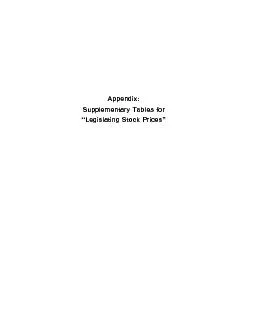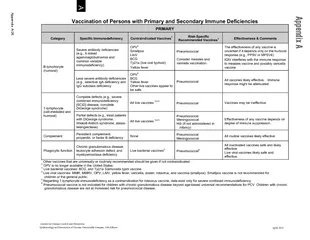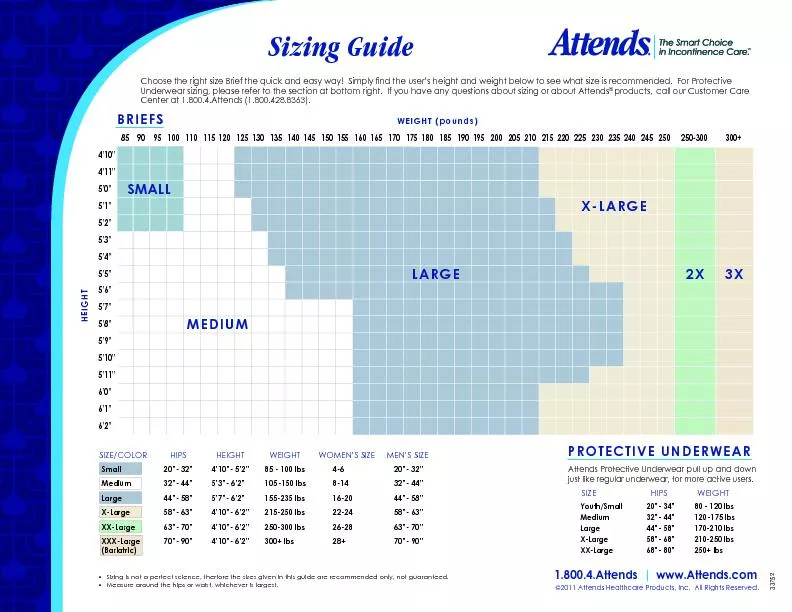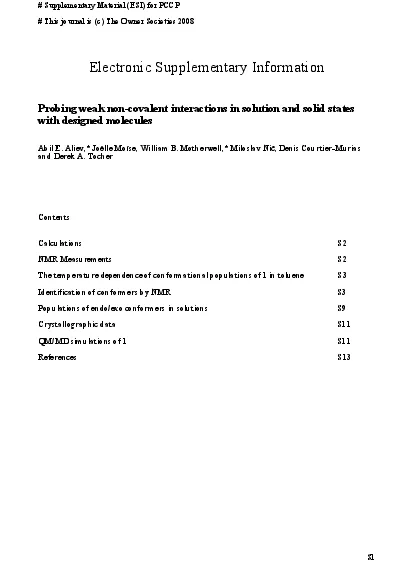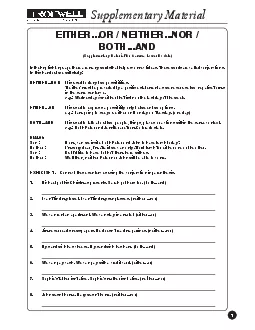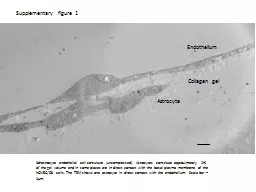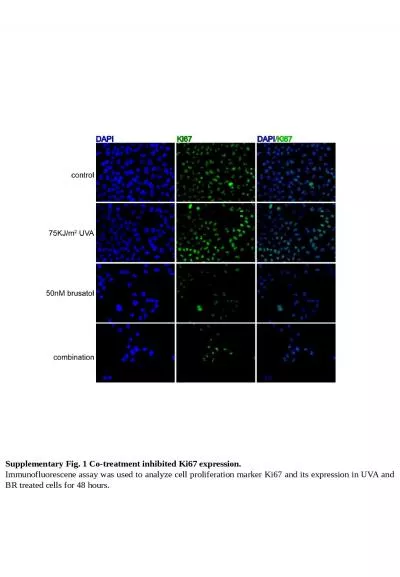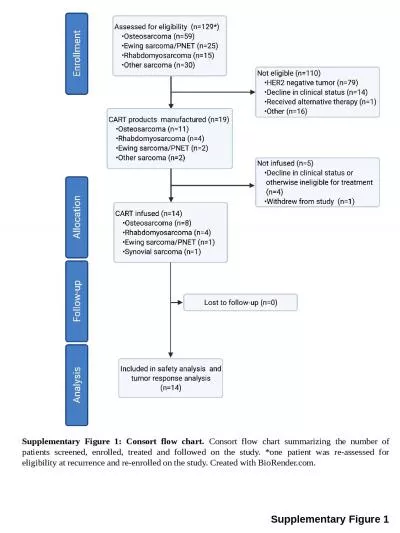PDF-Appendix:Supplementary Tables forLegislating Stock Prices” ...
Author : natalia-silvester | Published Date : 2015-08-24
In this Appendix we describe in more detail the method and data cutoffs we use to i classify bills into industriesas in Cohen and Malloy 2011and ii assign bills
Presentation Embed Code
Download Presentation
Download Presentation The PPT/PDF document "Appendix:Supplementary Tables forLegisla..." is the property of its rightful owner. Permission is granted to download and print the materials on this website for personal, non-commercial use only, and to display it on your personal computer provided you do not modify the materials and that you retain all copyright notices contained in the materials. By downloading content from our website, you accept the terms of this agreement.
Appendix:Supplementary Tables forLegislating Stock Prices” ...: Transcript
Download Rules Of Document
"Appendix:Supplementary Tables forLegislating Stock Prices”
..."The content belongs to its owner. You may download and print it for personal use, without modification, and keep all copyright notices. By downloading, you agree to these terms.
Related Documents

